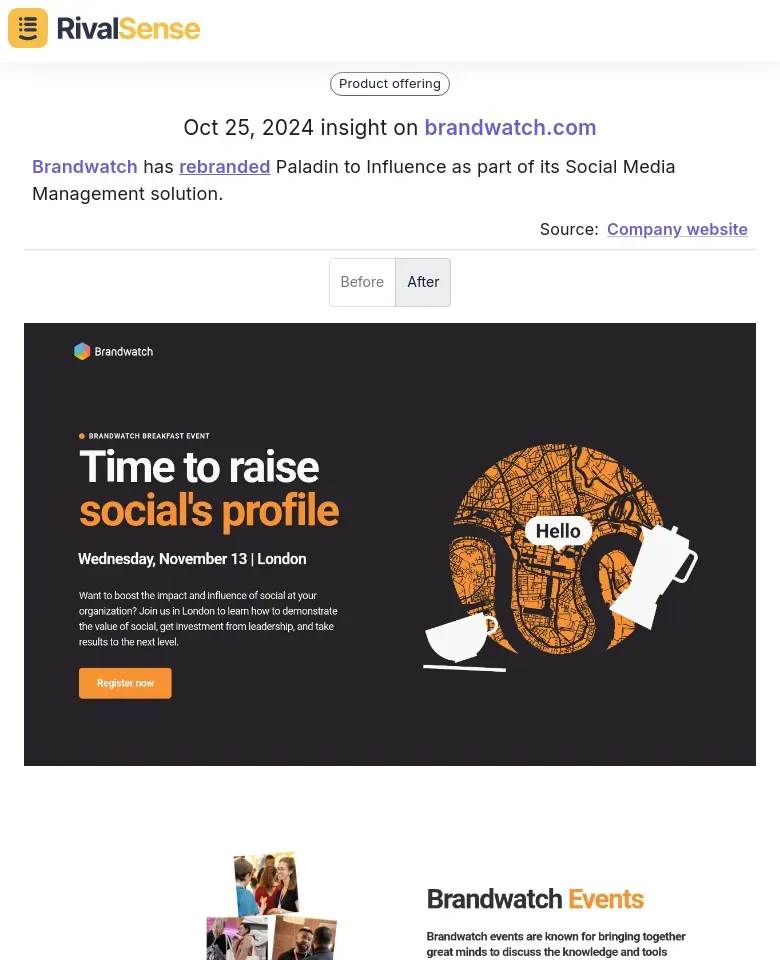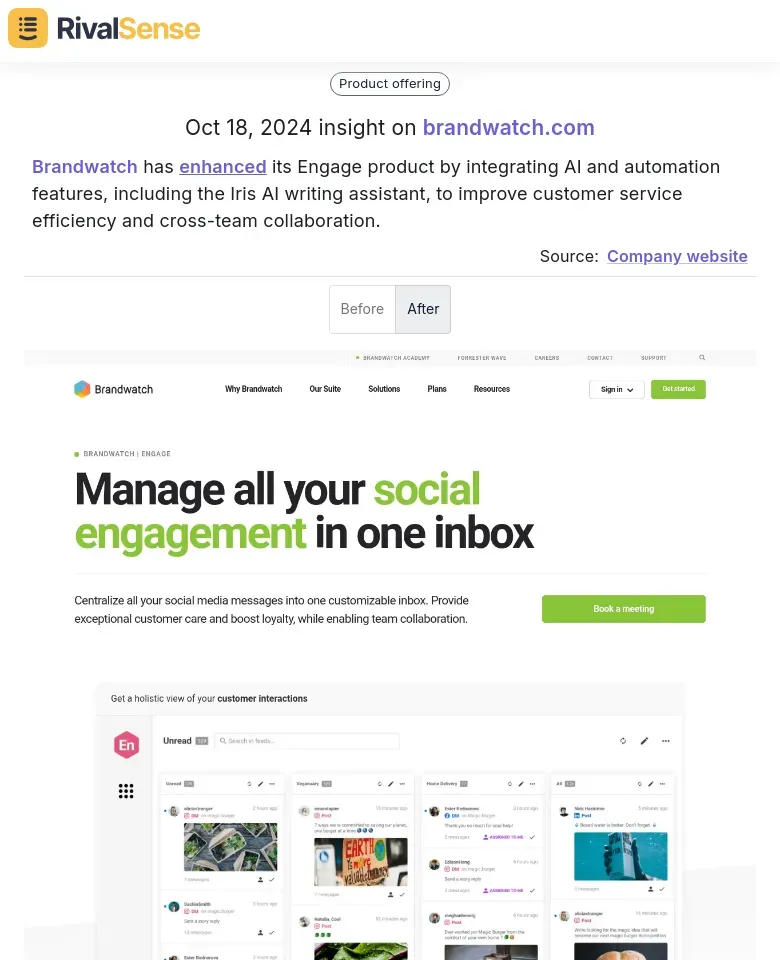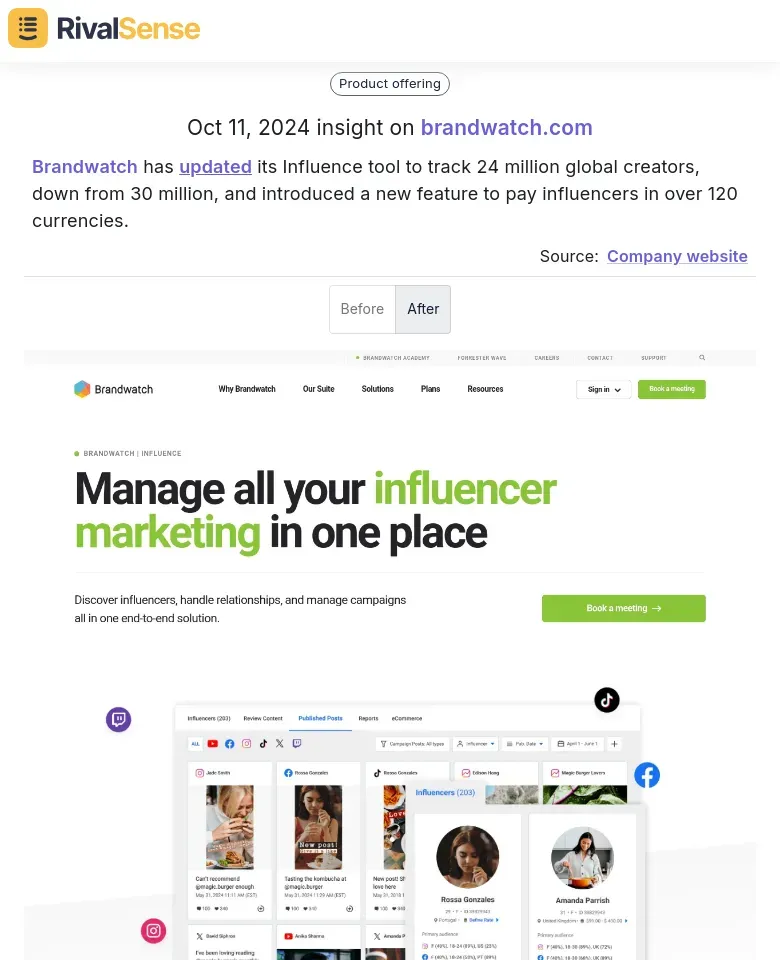Decoding Competitor Pricing in Social Analytics: Advanced Tactics for Strategic Advantage
Understanding competitor pricing strategies in social analytics is crucial for any business aiming to stay competitive in the digital landscape. By analyzing how competitors price their social media services, influencer collaborations, and ad placements, you gain actionable intelligence to refine your own models. This knowledge helps position your offerings effectively while avoiding undervaluation or overpricing.
Pricing insights directly inform social media management and influencer marketing strategies. For example, if competitors offer tiered pricing for partnerships, you might adopt similar structures to attract diverse clients. Tracking seasonal trends also helps capitalize on peak demand periods.
Practical Steps to Decode Pricing:
- Identify Key Competitors 👀: Focus on businesses with similar offerings and audience sizes.
- Monitor Pricing Changes 📈: Use automated tools to track fluctuations over time.
- Analyze Influencer Collaborations 💼: Benchmark rates and partnership terms.
- Evaluate Ad Spend 💰: Compare budgets to identify gaps.
Leveraging Rebranding and Product Integration Insights
Rebranding often signals strategic shifts that impact pricing models. When competitors reposition products, it typically indicates targeting new market segments or enhancing perceived value. Monitoring these changes helps anticipate pricing adjustments before they affect your market position.
Consider Brandwatch's recent rebranding of Paladin to "Influence" within its Social Media Management suite. This move suggests a refined focus on creator ecosystems, potentially justifying premium pricing tiers. Such insights reveal how competitors align offerings with evolving market demands.

Why it matters: Rebranding insights help predict premium pricing shifts and identify untapped market opportunities.
Actionable Framework:
✅ Track rebranding announcements via press releases and social media
✅ Analyze how integrations affect competitor value propositions
✅ Adjust your pricing tiers based on feature-comparison data
Enhancing Customer Service Through AI Integration
AI-driven features increasingly differentiate competitors' pricing models. Automation tools that boost efficiency allow companies to command premium prices while reducing operational costs. These enhancements directly impact customer retention and perceived value.
Brandwatch's integration of Iris AI into its Engage product exemplifies this trend. By automating customer service responses and enabling cross-team collaboration, they've created justification for higher-tier pricing. Real-time analysis of such updates reveals how competitors monetize efficiency gains.

Why it matters: AI feature tracking uncovers how competitors translate operational savings into pricing advantages.
Implementation Checklist:
- Audit automatable customer service tasks
- Integrate sentiment analysis tools
- Highlight efficiency gains in premium pricing tiers
Influencer Marketing and Global Creator Tracking
Shifts in creator tracking reveal pricing strategy pivots. Competitors narrowing their creator focus (e.g., prioritizing quality over quantity) often signal upcoming premium pricing adjustments. Payment innovations similarly enable global monetization opportunities.
Brandwatch's recent Influence update illustrates this perfectly: reducing tracked creators from 30M to 24M while adding 120+ currency payments. This dual move suggests a premium pricing strategy targeting enterprise clients needing precise, global campaigns.

Why it matters: Feature changes expose how competitors balance audience quality with monetization capabilities.
Competitive Analysis Tactics:
| Action | Pricing Impact Assessment |
|---|---|
| Track creator pool changes | Identifies quality-based premium pricing |
| Monitor payment innovations | Reveals global expansion pricing models |
| Analyze tiered feature access | Uncovers upsell opportunities |
Strategic Pricing Adjustments Based on Competitor Moves
Real-time competitor intelligence transforms reactive pricing into strategic advantage. When competitors adjust prices, understanding the context—feature upgrades, market positioning, or seasonal shifts—prevents knee-jerk reactions. Instead, you can develop counter-strategies preserving profitability.
Consider this scenario: A competitor drops premium plan pricing by 20%. Rather than matching it, introduce a mid-tier plan with curated features. This captures price-sensitive clients without devaluing your flagship offering.
Adjustment Framework:
- Pattern Recognition 🔍: Identify triggers behind pricing changes
- Impact Simulation 📊: Model outcomes before adjusting
- Value Anchoring ⚓: Enhance packages to justify premiums
- Phased Rollout 🚀: Test adjustments in controlled segments
Conclusion and Next Steps
Decoding competitor pricing requires continuous monitoring and strategic interpretation of market signals. By analyzing rebranding initiatives, AI integrations, and creator ecosystem shifts, you gain actionable intelligence for pricing optimization. Remember: Competitor moves reveal market opportunities, not just threats.
Implementation Roadmap:
- Weekly: Scan for competitor feature/pricing updates
- Monthly: Benchmark your tiers against market leaders
- Quarterly: Re-evaluate pricing strategy alignment
Ready to transform competitor intelligence into pricing advantage? Try RivalSense for free and get your first automated competitor report today—track product launches, pricing shifts, and strategic moves across all channels in one weekly digest.
📚 Read more
👉 Competitor Product Insights: Monitoring Threats Effectively
👉 Decoding Navantia's Strategic Shift: Governance and Green Energy Focus
👉 Mastering Analyst Relations Tracking: A Strategic Playbook for B2B Leaders
👉 Avoid These Mistakes When Tracking Competitor Design Changes in Survival Products
👉 How Smartpress's Product Shift Spurred Competitor Innovation
